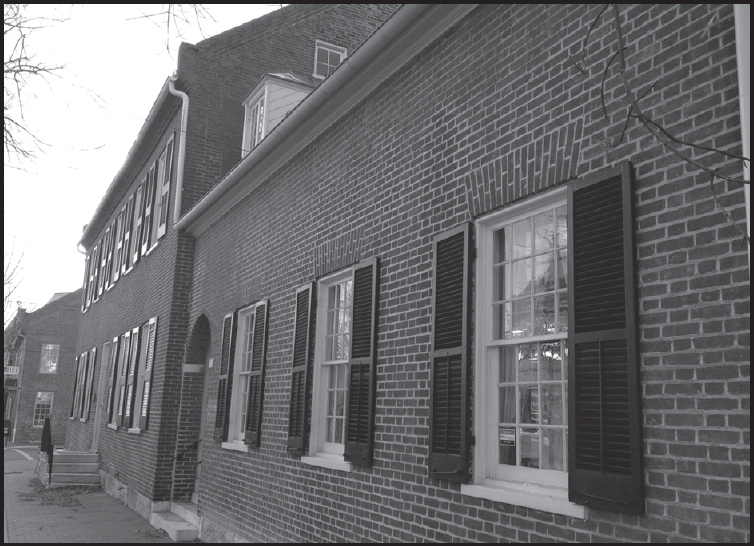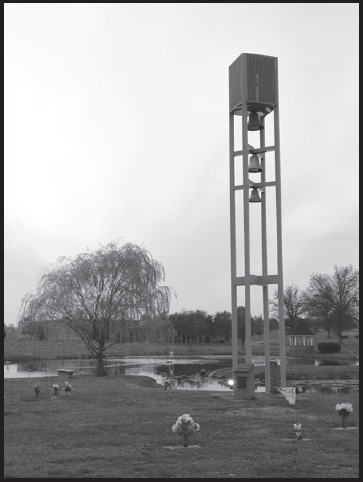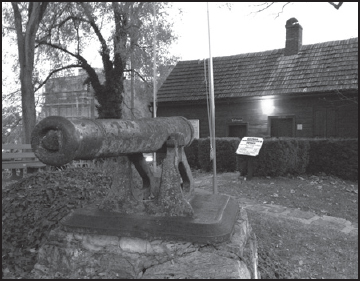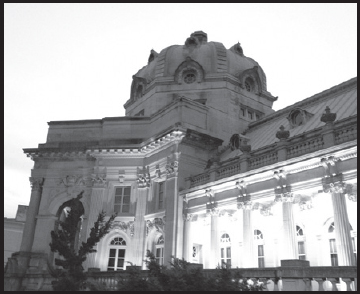APPENDIX A
“[O]n the eve of the Civil War Winchester dominated the lower Shenandoah Valley.”
So knew residents, military officials, politicians—and now historians.
Even before the war, Winchester had a place in American history. Prior to European settlement, Native Americans passed through the area on the “Warriors Path” to hunt and reach trading partners. After Europeans arrived and settled Winchester, named Frederick Town, the road running through it from north to south became the “Great Wagon Road.” More settlers arrived from the area east of the Blue Ridge Mountains or they came down from northern colonies. The only English aristocrat to make his permanent home in the colonies, Lord Fairfax, settled near Frederick Town.
Nearby, an ambitious young Virginian by the name of George Washington purchased his first piece of land at Bullskin Creek. Washington defended the town during the majority of the French and Indian War, and one can still visit his office downtown. After the war and with the help of some spirituous inducements to aid in his election—a legal practice at the time—Washington won his first political office and represented the town and surrounding area in the House of Burgesses.

The Second Battle of Winchester, June 13-15, 1863, was an important Confederate victory and suggested that Lt. Gen. Richard Ewell would credibly succeed his recently deceased former commander, the fallen Stonewall Jackson. (DD/PG)
During the Civil War, the town hosted some of the best-known military leaders of the conflict, including Confederate icon Thomas J. “Stonewall” Jackson. It also hosted some of the most notorious, including Union Gen. Robert Milroy, who attempted to bring the full force of the Emancipation Proclamation to bear on Winchester in early 1863.

Dr. Hunter Holmes McGuire, best known as Stonewall Jackson’s surgeon, was born in Winchester in 1835 in a home on Braddock Street, which is now privately owned. (CM)
War touched Winchester and left its mark. The city changed hands between North and South more than 70 times, including multiple times in a single day. Within the confines of the town, three major battles, all named Winchester, were fought in three successive years starting in 1862. To the immediate south, two more engagements at Kernstown in 1862 and 1864 brought the armies back to the area. The town courthouse was used as a hospital and a prison and sometimes both at the same time.
On September 19, 1864, the Confederate army was defeated at the third and final battle of Winchester and lost control of the town. Winchester would never change hands again. Union Gen. Philip Sheridan assigned Col. Oliver Edwards’ brigade to garrison and provide provost marshal duties for Winchester. Put under martial law, Winchester was bleak that winter. The area suffered under severe weather and, with the destroyed gas works, was literally left in the dark. With a bored occupying force and desolate countryside, there was not much cheer as the calendar changed from 1864 to 1865.
On the night of April 9, 1865, Winchester residents were aroused with cannons booming and Union soldiers running gleefully through town shouting for joy. Bands added to the celebratory air. When curious citizens inquired the reason, they were told, “Lee surrendered.” Pro-Southern citizens wondered what to expect next, and one recalled not “a word was spoken, but sobs were audible.” This closed another chapter in the town’s long history.

Country music legend Patsy Cline was born in Winchester in 1932. In 1963, at the age of 30, she died in a plane crash and was buried in Shenandoah Memorial Park. A bell tower tolls hymns daily at 6:00 p.m., the hour of Cline’s death. (CM)
George Washington made his headquarters in Winchester (above) from September 1755 through December of 1756 while he oversaw construction of forts along the Virginia frontier, including Fort Loudon at the north end of Winchester. Today, Washington’s office operates as a museum (below). (WRHS, CM)


The elegant Handley Library, located on West Piccadilly Street, opened in 1913 after a $250,000 bequest from a judge from Scranton, Pennsylvania. (CM)

Abram’s Delight is one of the oldest settlements in Winchester. Established first as a log home in 1728, it became home to five generations of Abraham Hollingsworth’s family. A reproduction log home sits on the site, along with the stone house that replaced it. Abram’s Delight, operated as a museum, is located across from the Winchester-Frederick County Visitor Center. (CM)
Today, Winchester offers a wealth of American history to see, including Jackson’s Headquarters, the Frederick County Historical Society, Washington’s Office, Shenandoah University, the Museum of the Shenandoah Valley, and even the gravesite of country music legend Patsy Cline. As one of the largest appleproducing areas of the country, the town also hosts an apple blossom festival every spring.
The town invites visitors to stay longer than the soldiers of Nathaniel Bank’s Union army in May 1862—who, when asked, said they could not wait to “get back to their own country!”

